Subscription growth hack (by PayKickstart)
Facebook Group - 3,932 members
Visit Group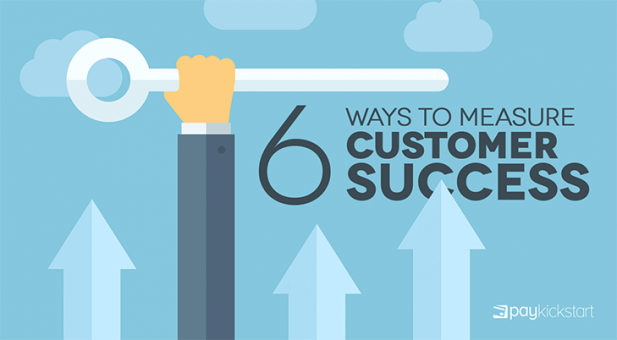
As cliché it may sound, you cannot improve what you are not measuring. In other words, how can you possible improve your business performance and increase your ROI if you don;t know what’s currently working and what may be preventing you from generating more income?
A happy customer is what makes any business a success. If your customers are happy with both your product / service and their overall experience with your company (including all kinds of interactions with your customer service and social media teams), they will come back and bring their friends. That’s the most powerful form of marketing you can wish for.
Therefore measuring customer success is crucial. But how exactly do you measure and evaluate your customer happiness?
Here are 6 metrics that you can use:
Measuring customer satisfaction can be tricky, because it is not just about how a customer feels towards the support or sales reps, but also how they feel towards the products and the brand. There’s a lot that comes into play here.
There are a number of ways you can use to measure customer satisfaction. One of the simplest ways involves a Net Promoter Score (NPS). NPS simply asks your customer if they would recommend your product or service to another person, or not.
NPS is beneficial because it gives both qualitative and quantitative data about customers. It asks customers to rate their experience numerically, and also asks them to give a reason why they gave a specific score. This allows a business to organize feedback based on scores and then evaluate a customer’s experience for any negative scores
It is important to look at a customer holistically, and not only at email communications and tickets. You need to determine if customers actually find value in your products and services.
To survey your customers, create a NPS survey using PayKickstart Surveys feature. You can your surveys up based on what action a customer performed (e.g. you can ask to share the customer’s experience after they cancel or request a refund):

You need to be sure that your customer success efforts are in fact cost-effective.
CRC (Customer Retention Cost) calculates how much your customer success program costs, and then compares it to the total number of customers. This will show you how much it costs to retain each customer.
According to Salesforce, Customer Retention Cost is one of the most important success metrics because increasing customer retention by only 5% can result in up to 95% increase in profits.
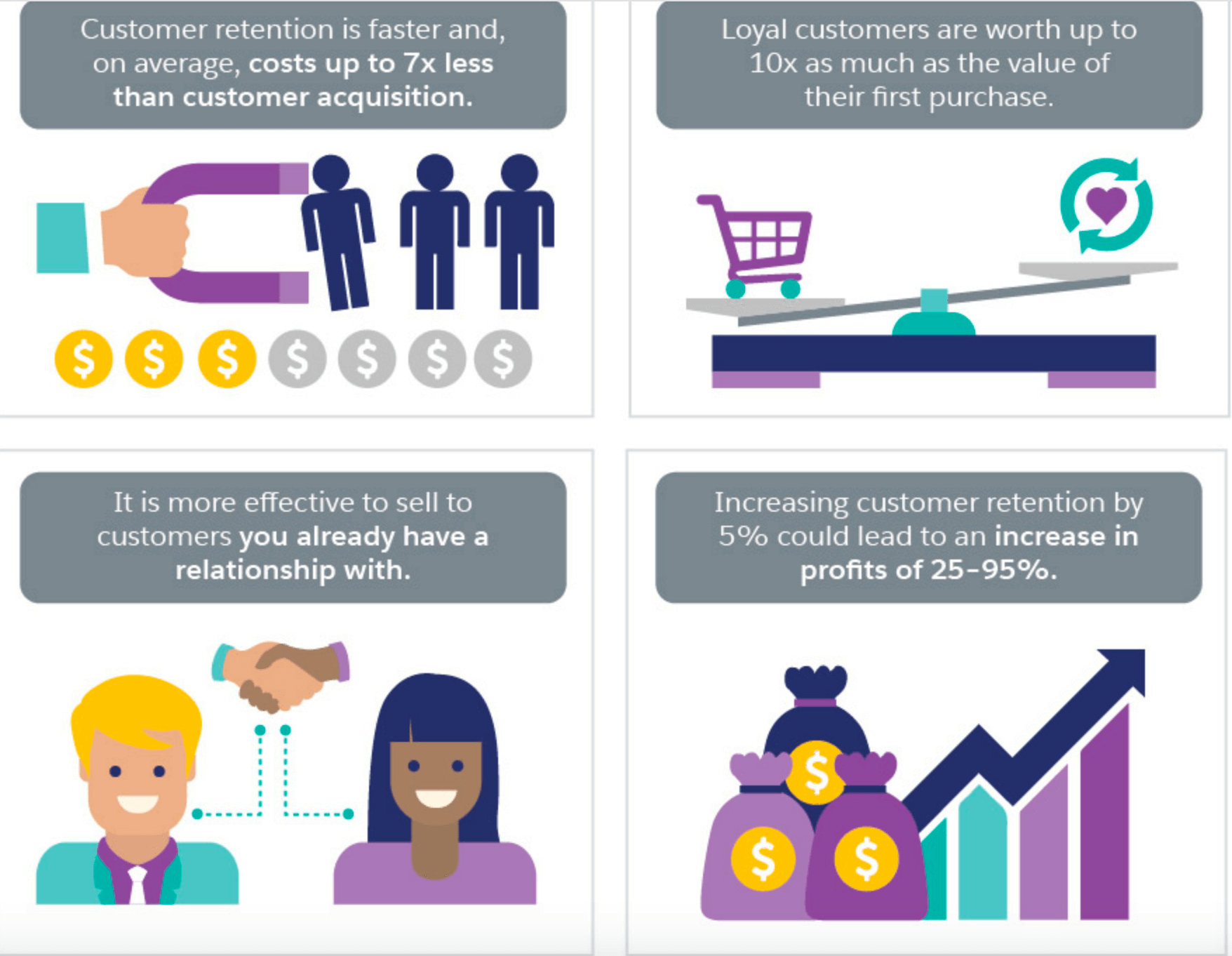
To calculate your CRC, you need to take into account all the customer success effort expenses, including your marketing, professional training and services, adoption and engagement programs, and customer service and success teams’ payroll expenses.
Average customer retention cost = the total of these expenses / the total number of customers.
To invest wisely in customer success programs, businesses need to calculate their CRC. Although it is exciting to introduce new initiatives, the money has to be spent in a cost-effective way. If you know your CRC, you can make smart investments by looking at the potential customer retention cost and comparing it to the revenue likely to be generated from a new service or feature.
MRR (Monthly Recurring Revenue) is a good metric to use as it will clearly show you how much your customers’ spending has grown since they started using your business.
As the name suggests, this metric calculates how much your customers are spending on your services or products per month.
This value can be evaluated over time to see if your customers are successful when using your products or not. This metric is useful for Software as a Service (SaaS) companies that use subscription models.
Another MRR metric that can be used is the expansion MRR. This will show you how much revenue is being generated from customers apart from their monthly subscription fees. This will provide you with a good idea of how effective your customer loyalty programs and upgrades are.
Calculating expansion MRR involves adding up all revenue generated from purchases that are non-recurring, including loyalty programs, cross-sells and upsells. as well as once-off add-on purchases made by customers.
The total of these will show you how much customers are really spending on your premium offers. Obviously, happy customers will buy more of you, so this is a good sign of your customer success rate.
If your business expansion MRR is good (and more importantly growing), you know you customers are enjoying your service or product and are actually thriving thanks to it.
CLV (Customer Lifetime Value) is a fundamental customer success metric that can be used for your business. It calculates the total revenue a single customer generates over the lifetime of their relationship with your company.
CLV uses the revenue value of a customer and compares it to the predicted lifespan of the customer’s relationship with your business.
Calculate CLV by multiplying the average purchase frequency rate by the average purchase value. That value is then multiplied by the average customer lifespan.
This number is the estimated revenue a single customer will spend with your business.
Example: Customers spend an average of $100 per month buying from your company. The average customer lifespan is about two years before they cancel (or stop buying). The CLV is therefore $100 x 5 visits x 24 months = $12,000.
Successful customers don’t request help. That’s as straightforward as that.
Whether it’s a simplified shopping experience or a more complete on-site FAQ section, you need to aim at decreasing the number of support tickets your team is handling on a daily basis.
Monitoring this metric depends on which customer relationship management solution you are using. On top of all, marketing automation can help decrease this number by sending notifications in a timely manner. PayKickstart sends numerous email notifications to your customers keeping them more informed, and thus happier.
These include:
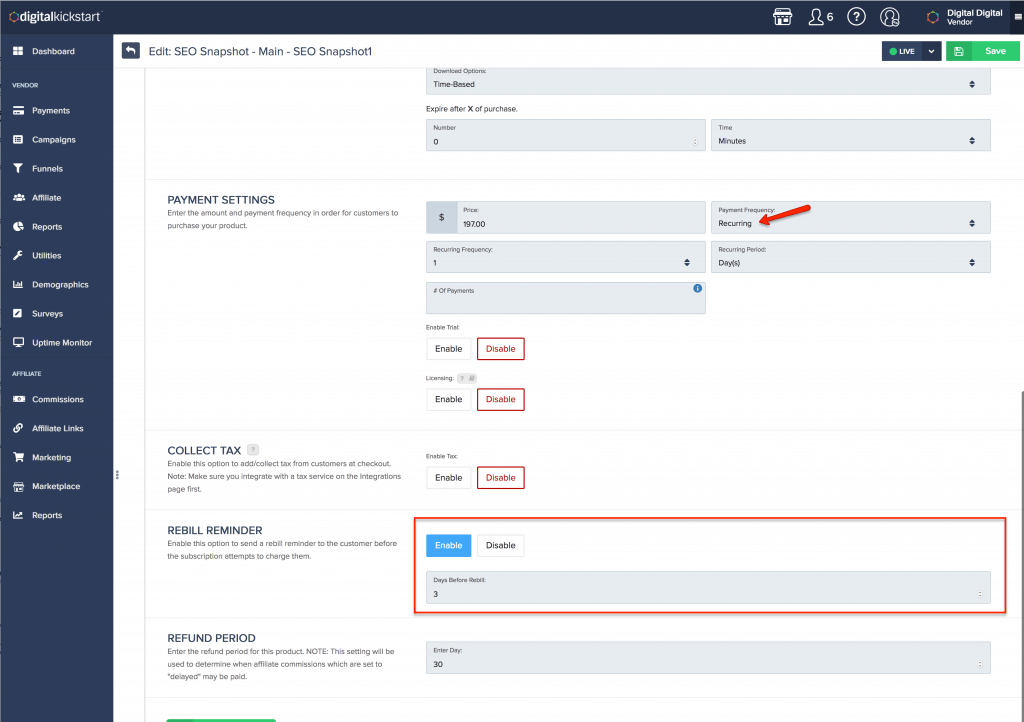
PayKickstart offers a powerful email marketing integration (that includes ConvertKit, Mailchimp, Getresponse, etc.) allowing you to set up even more notifications and even educational courses introducing your product or service, one feature at a time.
Happy customers sell! They refer friends and followers to your business and recommend your products all over the place.
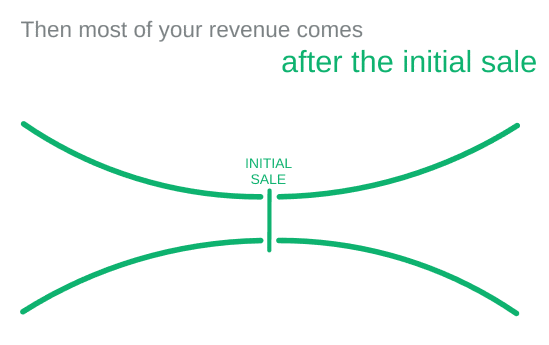
An increased number of referrals is a clear sign of your customer success.
You can monitor your business referrals by creating a simple survey that your customer will complete after a successful sale. Simply include “How did you hear about us” question and “Referred by a friend” option. Again, you can easily do that with PayKickstart Surveys feature.
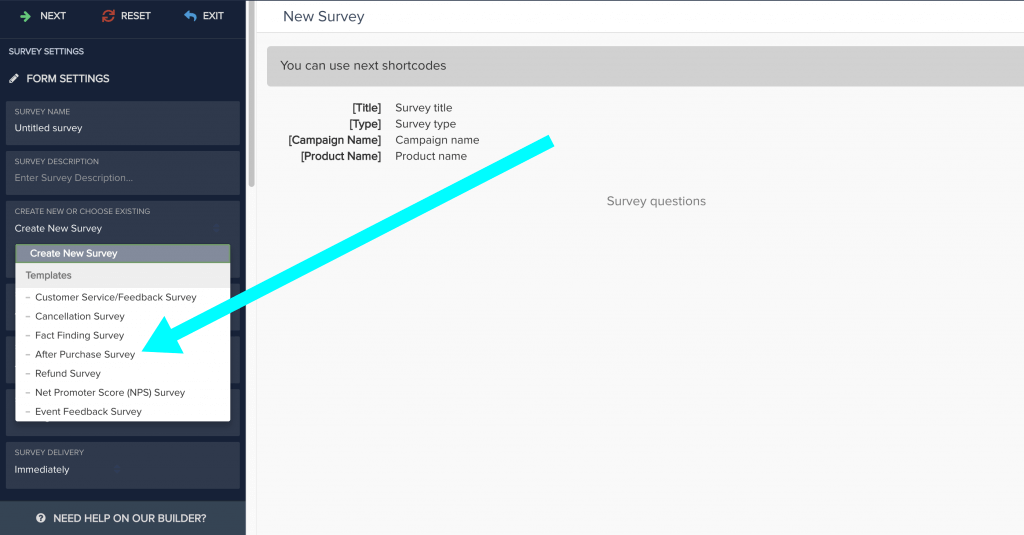
There’s no ONE way to measure customer success. Most companies use all of the above metrics to evaluate how well they serve their target customers and what they can do to make their customers happier and hence more successful.
Ann Smarty is the Brand Manager at Internet Marketing Ninjas, as well as co-founder of Viral Content Bee. Ann has been into Internet Marketing for over a decade, she is the former Editor-in-Chief of Search Engine Journal and contributor to prominent search and social blogs including Small Biz Trends and Mashable. Ann is also the frequent speaker at Pubcon and the host of a weekly Twitter chat #vcbuzz
Read More About Ann Smarty